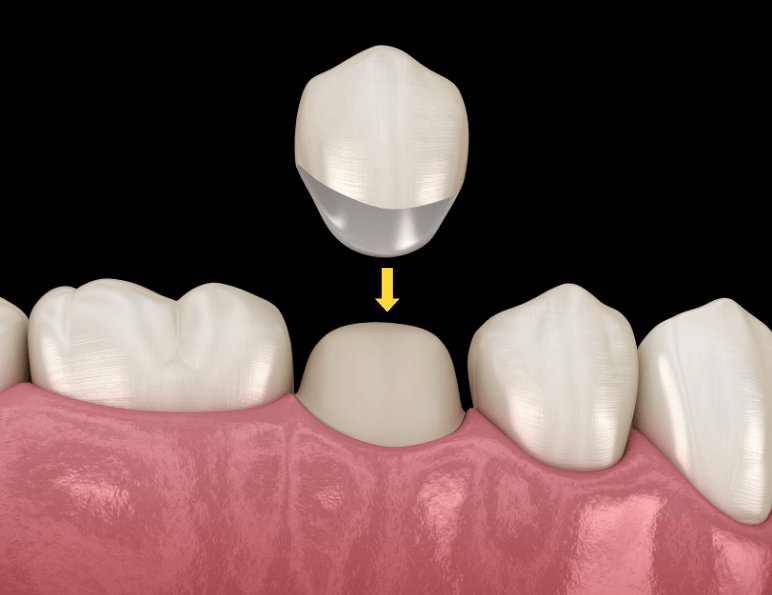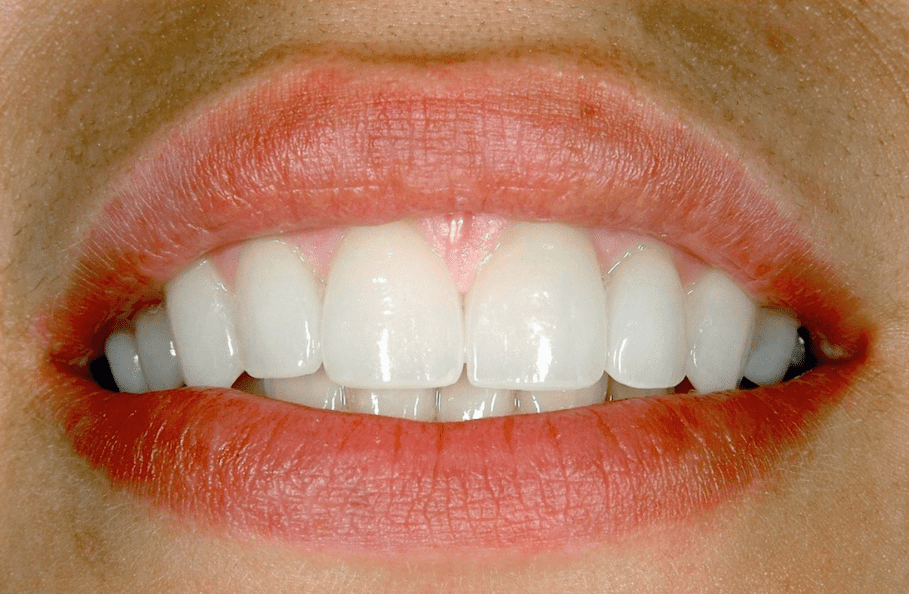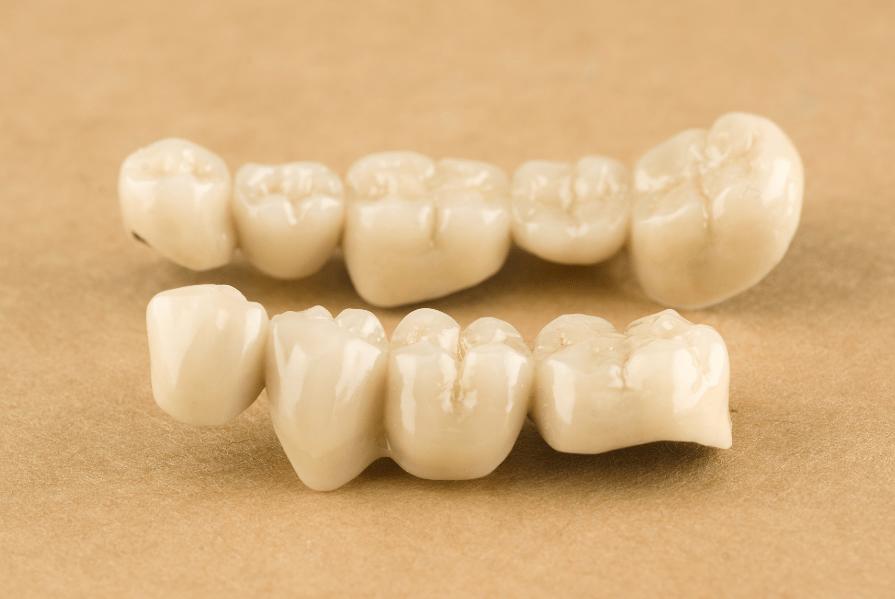Crowns and Bridges
Crowns:
A crown is used to completely cover a damaged tooth to strengthen it, as well as to enhance its alignment, shape, or appearance. The crown will be matched to the color of your natural teeth. Dentists will recommend crown procedures for:
- Dental implants
- Discolored or misshapen teeth
- Root canal-treated teeth
- Insufficient tooth structure due to a large filling
- Weak or fractured teeth

Are there any post-care instructions I need to follow?
It is normal to experience some sensitivity, particularly to cold and hot temperatures since the teeth require time to restore their health after procedures for the placement of the crown and bridge. You may experience soreness surrounding the recently placed restorations in the gum. The discomfort should calm down within a few days and will be controllable with an over-the-counter pain reliever.
How does it work when a crown or a bridge is placed?
First, your teeth will be reduced in size to make sure they have the proper shape for the final restoration that you will have in the following weeks. An impression will be obtained based on your bite and be sent to a dental lab to fabricate the crown or bridge by a dental technician. You will leave the office with a temporary restoration until the permanent one is ready for placement; this typically takes a couple of weeks.
Can I just have a filling instead of having crowns?
The reason you may need a crown instead of a filling is that there is insufficient tooth or a damaged tooth structure remaining that is unable to support a filling. Eventually, the inadequate or damaged tooth structure with a filling would result in a cracked tooth and cause further complications.
Crown Lengthening:
Crown lengthening is a surgical procedure performed to expose a greater amount of tooth structure under the gumline for the purpose of restoring the tooth with a crown or bridge. Crown lengthening is needed when there is not enough tooth structure remaining above the gum to support a restoration. Insufficient tooth structure with a restoration leads to more bone and gum disease, which then results in a failed restoration. This procedure creates a proper height for bone and gum health to retain the restoration.
Before

After

Bridges:
Once you have missing teeth, the gaps left by missing teeth cause the remaining teeth to rotate or shift into the empty spaces, resulting in an imbalance of the bite that can trigger gum disease and temporomandibular joint (TMJ) disorders. Dental bridges are composed of multiple dental crowns that are fused together, and they are designed to replace one or more missing teeth in a row. Our San Antonio dental clinic will help guide you through what your unique needs are.

Is a crown or bridge right for me?
If you have a tooth that is damaged or decayed, but still intact, a dental crown may be right for you. If your tooth is missing, but its former position is surrounded by other tooth structures, a bridge may be the solution for you.
Should I select a dental implant as an alternative treatment to replace a missing tooth?
There are pros and cons to both treatment options and times where one may be possible but not the other. Lee & Milani Family Dentistry, your San Antonio dentist of choice, will determine the best treatment option for you through the consultation process. Reach out to us to book your appointment.
